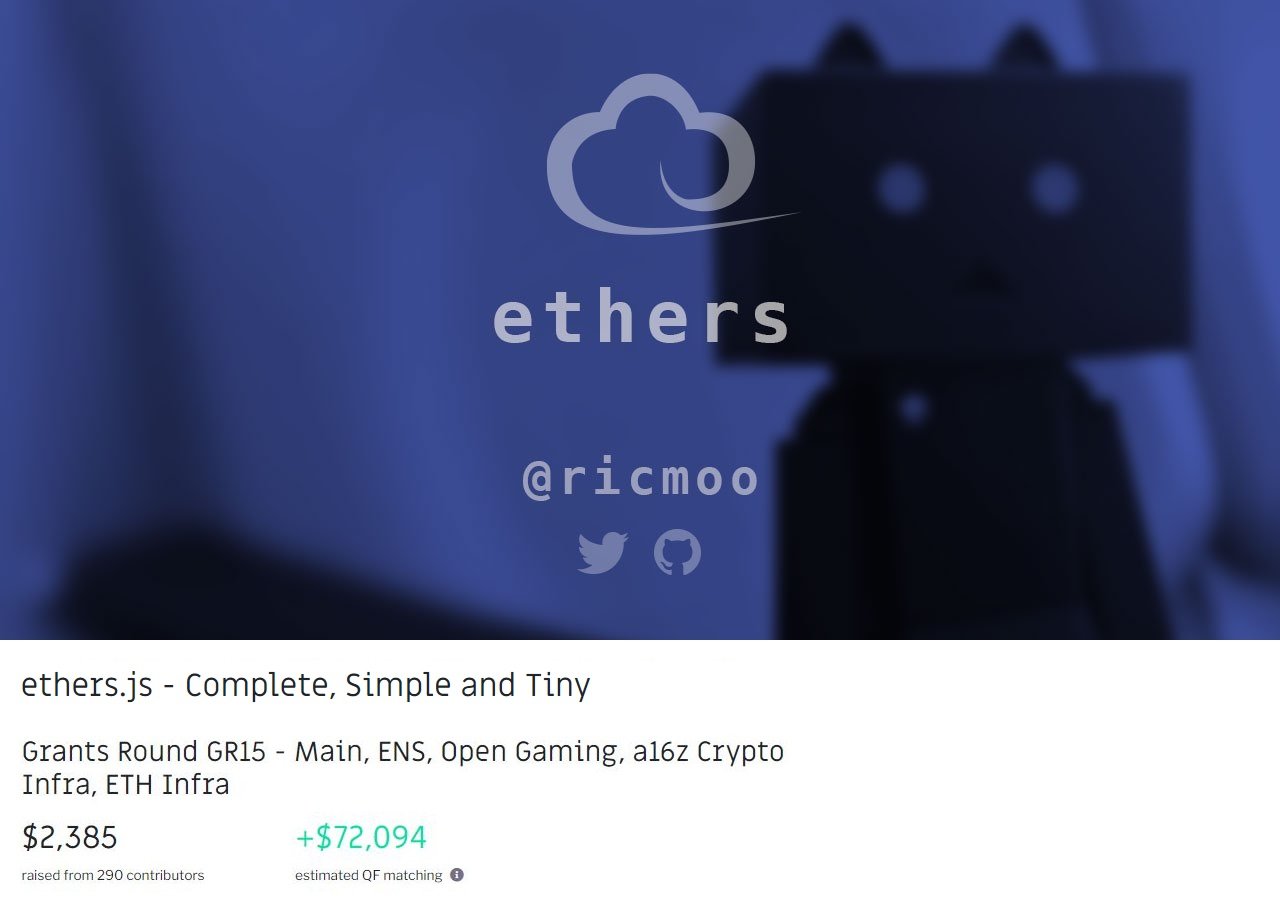Quadratic Funding and the future of crowdfunding
You have probably seen the term “Quadratic Funding” floated around a lot lately in web3 circles. It is a term that, by its very nature, sounds intimidating, and might bring up memories of High School Algebra, and the beloved Quadratic Education.
But beyond the name, Quadratic Funding is a revolutionary technology that could positively disrupt how communities raise funds for causes, making the process fairer and more democratic. So, what exactly is Quadratic Funding?
What is Quadratic Funding?
Gitcoin claims that “Quadratic Funding is the mathematically optimal way to fund public goods in a democratic community.” Sounds confusing? Well, it’s actually not that complicated, and you certainly don’t need a PhD in math to understand it. This short video by Gitcoin is a great starting point:
In a nutshell, there are three parties in a Quadratic Funding campaign: the everyday citizen, the large donor, and the grantee, which is an individual or cause soliciting funding for their project. The grantee puts forward an idea for something they would like to receive funding for, let’s say, a new DeFi protocol aimed at providing banking services to those in rural and remote communities, and their project gets added in to the pool with all the other proposals.
The everyday citizen can then view all the grant proposals, and decide which ones they want to support by making a small contribution. The beauty of it, is that even the smallest of contributions, let’s say $1, can have a massive impact, and this is where the large donors come in to play.
The large donors contribute funds to a matching pool, which are used to match the funds donated by the individual donors, or the “crowd”. Quadratic Funding elevates the crowd’s favorite projects, by contributing more matching funds to the grants that receive the highest number of contributions, not the highest value of contributions.
For example, let’s say there are 10 donors who donate $1 each to project A, and 2 donors who donate $6 each to project B. Although project B received a higher value of contributions than project A, project B would actually receive far more matching funding, as they were supported by 10 individuals, instead of 2. Quadratic Funding makes use of a special formula to determine exactly how funding is matched, ensuring total transparency and fairness in the process.
This amplifies the impact of smaller donors, making sure that they have a voice in how community funds are distributed, while ensuring the projects with the most widespread support get the funding that they deserve.
How does Quadratic Funding improve crowdfunding?
Quadratic Funding is still in it’s infancy, but is gaining incredible traction. Gitcoin Grants is a perfect example of the potential of Quadratic Funding, as it has garned widespread support from the Ethereum community and large donors, such as az16, alike.
“Gitcoin grants quadratic funding is not just for funds allocation, it's also a great signaling tool! For the last few rounds, going to https://gitcoin.co/grants/ (sort by top match) has led me to discover a lot of really cool Ethereum projects I previously did not know about.” – Vitalik Buterin, Founder of Ethereum
The results have been incredible, with the Ethereum community alone raising over $4 Million USD via Quadratic Funding campaigns, and it is only the beginning. Quadratic Funding could, and should be used by communities all over the world to fairly allocate funding to causes and public good projects.
It is common for Community Foundations and neighborhood groups to hold granting campaigns, where they match funds raised, usually $1 for $1. However, this could mean that one individual could donate $1000, and get the same match as 1000 individuals who donate $1 each, despite the latter project having far more widespread community support.
So, the first, and most obvious, way that Quadratic Funding can improve crowdfunding and community granting programs, is by creating a more democtratic process for matching funds. This means that anyone, no matter their level of wealth, can have a voice in these important campaigns.
Additionally, and as mentioned above, Quadratic Funding makes use of a special formula to determine how contributions are matched. This ensures that the matching is free from bias and outside interference, as the matching process relies solely on math.
Finally, and most importantly, Quadratic Funding provides an incredible opportunity to rally community members around public good causes, by giving them a voice, no matter their financial standing. Quadratic Funding is the ultimate tool for financial inclusion in fundraising, and has the potential to include millions of individuals in fundraising campaigns who would have otherwise felt discincentivized to participate, recognizing that their donation may have had a minimal impact. Simply put, it maximizes the impact of every individuals’ donation, thus encouraging more community members to get involved.
Conclusion
While it’s still early days for Quadratic Funding, the potential of this technology is truly incredible. The technology is there, and has been proven through campaigns like Gitcoin Grants, which is now in its 15th round. Now all that needs to happen, is for the idea to garner widespread support beyond the web3 community. If our totally scientific, 100% reliable community poll is any indication of the future of Quadratic Funding, I would say that the future is bright.
Like what you’re reading? Consider contributing to Crypto Altruism so we can continue putting out great content that shines a light on the good being done in the crypto and blockchain community.






